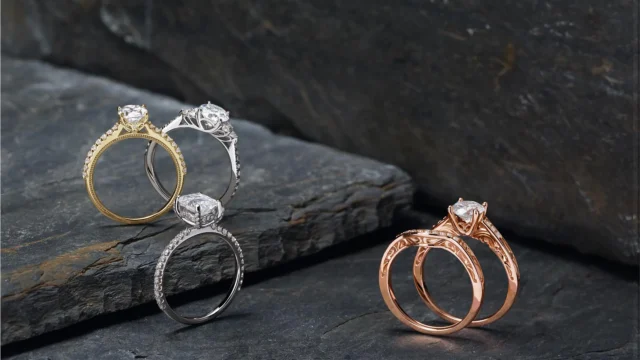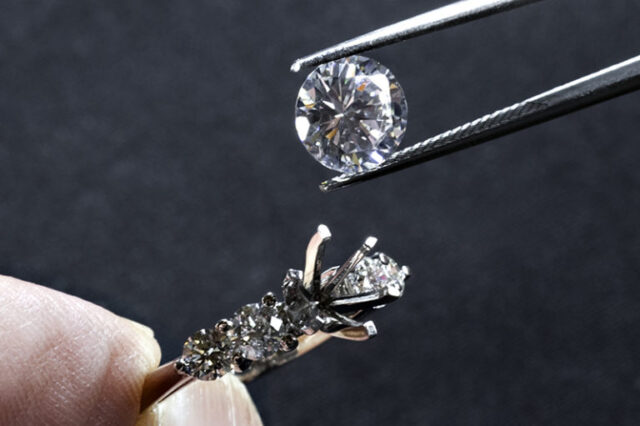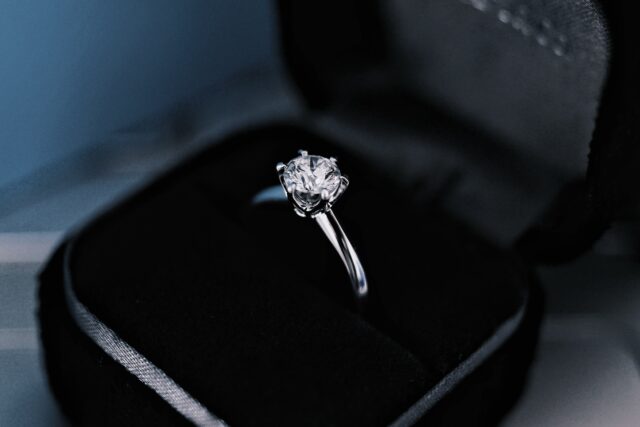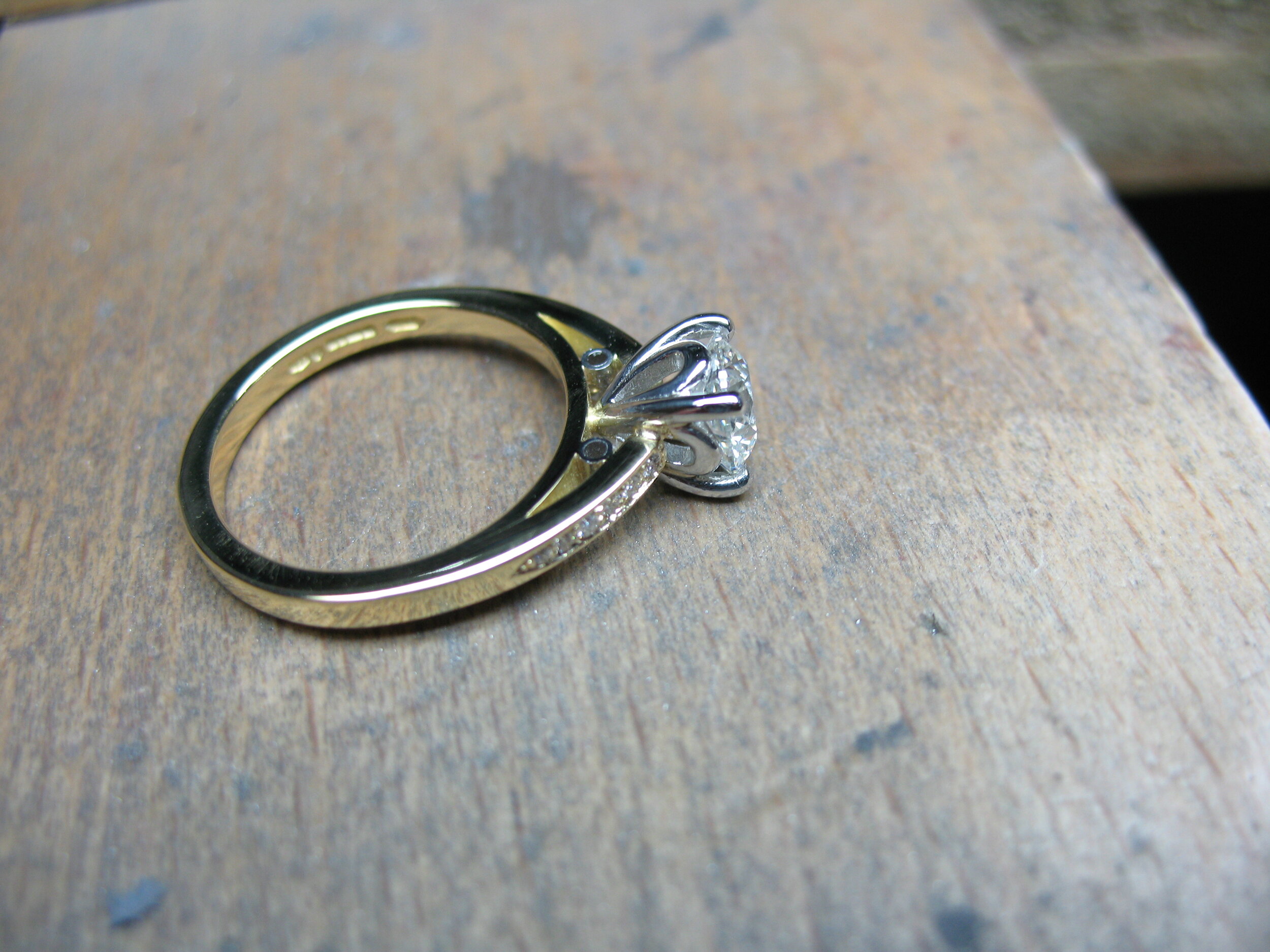An engagement ring is often seen as a symbol of eternal love and commitment. However, behind this timeless piece of jewelry lies a blend of patience, expertise, and craftsmanship. This article dives deep into the meticulous process of creating an engagement ring, highlighting the time, expertise, and precision involved.
1. The Idea’s Inception
Before an engagement rings is forged, the idea of its design must be born. This involves understanding the client’s wishes, conceptualizing designs, and selecting materials. On average, this phase takes about 1-2 weeks, depending on the complexity of the design and client consultations.
2. Gemstone Selection
Selecting the right gemstone, often a diamond, is crucial. Jewelers consider the 4 Cs: cut, clarity, color, and carat weight. This stage, including the time for sourcing and final selection, may take anywhere from a few days to several weeks.
3. Metal Selection

Just as the gemstone is vital, so is choosing the metal that complements it. Choices range from yellow gold, white gold, platinum, or rose gold, each with its own properties and aesthetics. Depending on availability, this phase can be wrapped up within a week.
4. Design Finalization
Here, the jeweler refines the design, finalizes intricate details, and creates a sketch or 3D model. Technological advancements have sped up this process, but jewelers typically spend 1-2 weeks perfecting the design.
5. Mold Creation
Once the design is approved, a mold is created. Whether it’s crafted by hand or through computer-aided design (CAD) and 3D printing, this step ensures precision. This stage generally takes up to a week.
6. Casting the Metal
Casting involves pouring molten metal into the mold to shape the ring. After the metal cools and solidifies, the mold is broken or melted away. Depending on the complexity, this can take a day or two.
7. Setting the Stone

This delicate procedure involves embedding the gemstone securely into the ring. Expert jewelers take their time with this step to ensure the stone sits perfectly. On average, setting the stone takes about 2-3 days.
8. Ring Sizing
Not all fingers are created equal. Once the bulk of the ring is crafted, it’s sized to fit the wearer perfectly. This can be done in a day, but if the size difference is vast, it may take longer.
9. Polishing and Finishing
Giving the ring its final gleam, jewelers polish it to perfection. This step also involves removing any imperfections or blemishes from the crafting process. Typically, polishing and finishing takes about 1-2 days.
10. Quality Control
No ring leaves the workshop without stringent quality checks. Experts examine the ring under magnification, ensuring the setting is secure and the craftsmanship meets standards. Depending on the workshop’s protocols, this can take 1-3 days.
11. Personalized Engravings
For those who wish to add a personal touch, engravings are an option. Whether it’s a date, name, or message, engraving adds a few more days to the process.
12. Final Presentation

The ring, now completed, is presented in a box, ready to play its role in a significant life event. While this might seem like a mere formality, selecting the perfect presentation box and packaging might add an additional day to the journey.
In total, crafting an engagement ring can take anywhere from a few weeks to a couple of months. However, it’s essential to remember that this timeline can vary based on design complexity, the jeweler’s schedule, and specific client requests.
Conclusion
An engagement ring is not just a piece of jewelry; it’s a symbol of love, commitment, and a journey two people decide to embark on together. Much like the journey of love, the creation of an engagement ring requires patience, time, and expertise. Each stage, from conceptualization to final presentation, is a testament to the craft and dedication of the jewelers and designers involved.
For those looking to purchase or commission an engagement ring, understanding this process gives a deeper appreciation for the craftsmanship behind each piece. It also emphasizes the importance of starting the ring selection or creation process well in advance of any planned proposal, ensuring enough time for this work of art to come to life. After all, every love story is unique, and so should the ring that symbolizes it.







